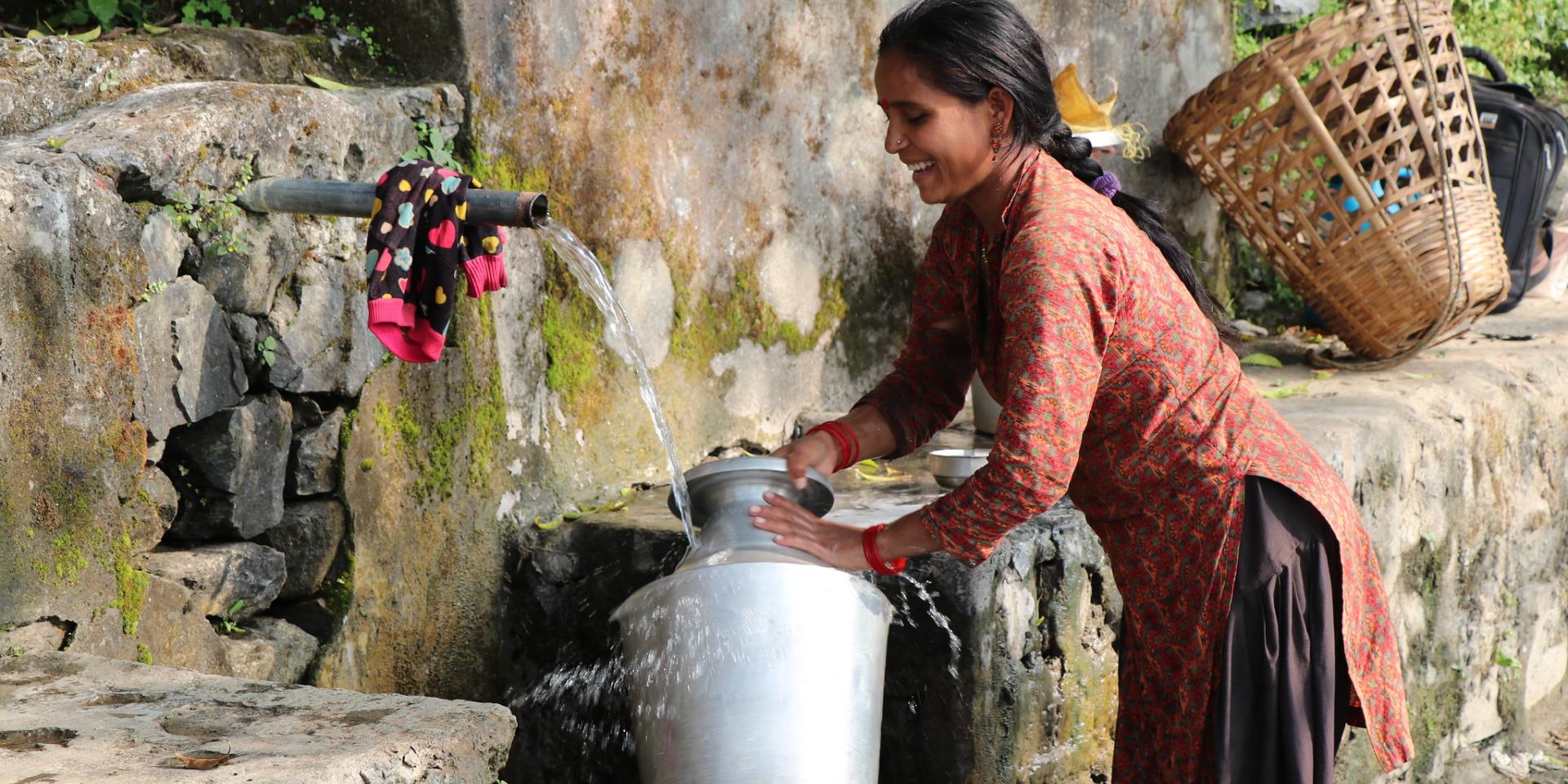Changing the way we collect data during COVID-19

Photo: Manita Raut/IWMI.
The coronavirus pandemic has fundamentally changed the way we live our lives. Many of us are now working from home, which can create challenges for researchers faced with being unable to physically access the field. COVID-19 has forced us to undertake research in different ways.
In order to continue researching on gender and water systems, researchers from IWMI-Nepal engaged with local stakeholders through radio dialogues, phone interviews, and online calls as alternative means of data-collection during COVID-19.
The radio
One of the ways we collected data was by organizing radio dialogues at a local level. Two modalities were explored – the first being live on-air interviews with only about one or two participants in the studio coupled with calls to other stakeholders in real time. The second was using pre-recorded interviews collected from the field that were pieced together into a single program.
Phone interviews
Phone interviews came next, which helped us perform deep dives into concerns raised during the radio programs. The modality involved identifying interested participants with the support of our local partners, and then arranging for times for the interview best suited to the participants’ schedule. Many striking reflections were shared – such as the deriding of women leaders as being ‘only a leader for women’ in the community when they spoke on gender issues. Many others were subtly gathered from the dynamics of the conversation alone – such as husbands listening in and instructing their wives (who had been elected into office) on what to share with us.
Video calls
In an attempt to try and connect to many of our stakeholders at once, we also attempted to host an online call, more so to understand how local governments were dealing with the pandemic. Video-calling relies on stable internet connection however, something that’s not always available to many of our rural participants. Mobile phones equipped with data and local government offices newly equipped with internet connections made this possible. Local governments talked to us about managing the massive influx of migrant returnees at the border and how they set up quarantines and isolation centers with limited resources.